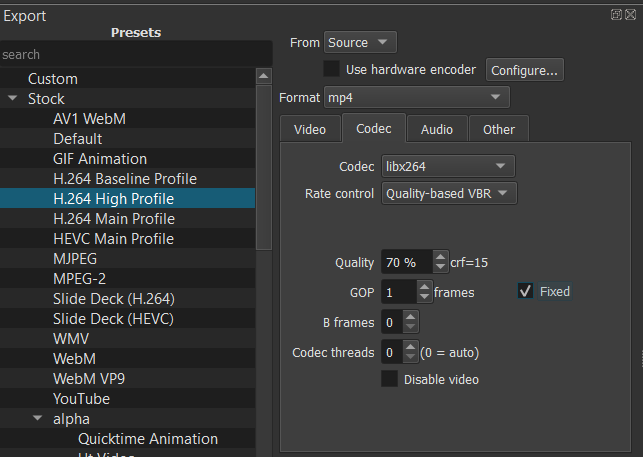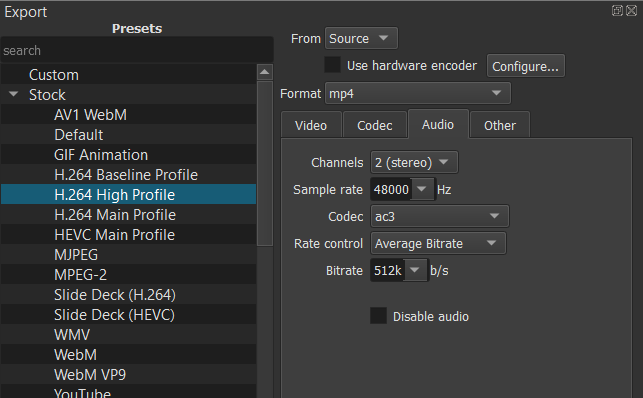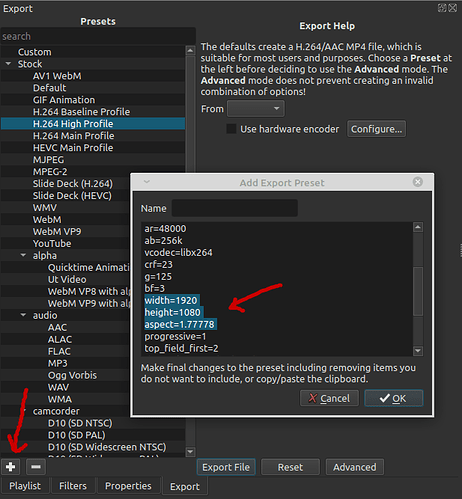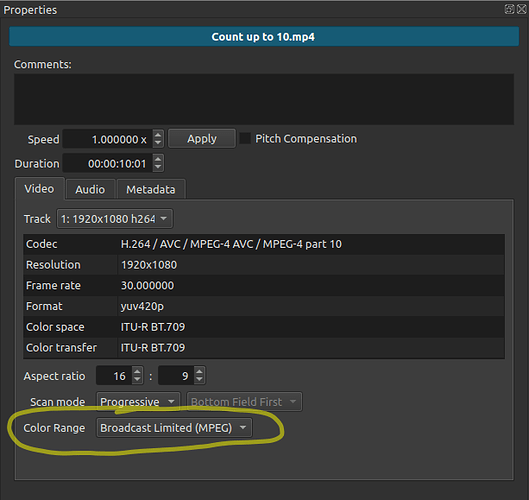Hello,
Long time Shotcut user, first post on the forum. Up until now, I have been able to look up all of my questions and find the answers I needed but I’m not able to find a specific answer for batch converting multiple files to edit-friendly.
All of my clips are variable frame rate and must be converted to “edit-friendly” before I start each project. Currently, I pull each clip in to Shotcut, one at a time, which prompts me to convert. This can be very time consuming as some projects contain almost 100 clips.
If I drag multiple clips into the Playlist, the convert dialog pops up but it only converts the first clip. If I put all the clips in to the playlist, highlight them all, select Properties, and then click “Convert to Edit-Friendly”, it only converts the active clip.
I do understand that there’s an option to Export > From > Each Playlist Item but I don’t know all of the options I’d need to change to get the same exact converted clip that I get when I select “good” on the “Convert to Edit-Friendly” dialog.
So, my question is: Is there a way to only interact with the “Convert to Edit-Friendly” dialog once, to select the quality and save location, and have it automatically convert all of the clips without any further interaction from me?
I’m currently using Shotcut v20.07.11. I realized there are newer versions but this version has been very stable for my needs. However, I have no problem upgrading if a newer version resolves my conversion issue. Thanks!
-Mike



 Depending on my filming angle, some clips accidentally end up recorded in portrait instead of landscape and I have to use Shotcut to rotate them.
Depending on my filming angle, some clips accidentally end up recorded in portrait instead of landscape and I have to use Shotcut to rotate them.
